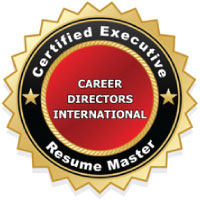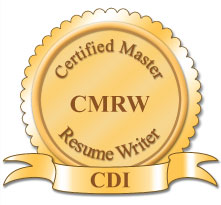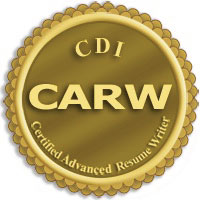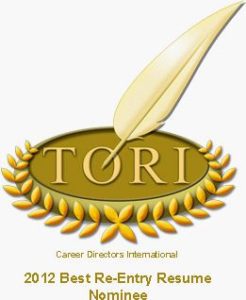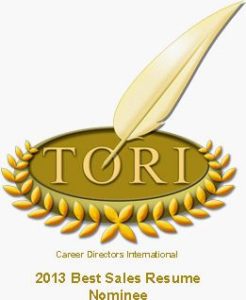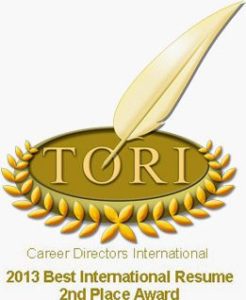“Stack Trust”
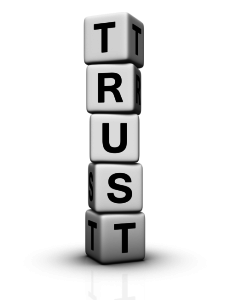 I remember a body work session, specifically a Network Spinal Analysis (NSA) session, that I had many years ago. Donny Epstein, the founder of NSA, positioned my head and made contact with a specific point in my spine.
I remember a body work session, specifically a Network Spinal Analysis (NSA) session, that I had many years ago. Donny Epstein, the founder of NSA, positioned my head and made contact with a specific point in my spine.
“Stack trust,” he said.
I don’t know if it was the point he touched or the command he gave me to “stack trust,” but felt a huge shift and broke out in tears.
Trust is a big deal. I have always thought of myself as a trusting person, willing to share things about myself with strangers. I don’t expect people to cheat or lie and I have done things like rent my apartment to Airbnb guests, leaving them alone in my house with all my belongings.
When a friend doubted whether I was telling the truth in a recent situation, I was hurt and angry. Not only do I trust people to tell the truth about things, but I also like to think people trust my word.
Learning to Trust
Can trust be learned? The answer, apparently, is yes. I recently received a link to what I thought was an article about how to teach trust. It turns out it was an advertisement for a Franklin Covey training, leading me not to trust Franklin Covey all that much for having misled me. Nevertheless, the idea that trust can be taught is fascinating to me and rings true. Google searches for “Harvard Business Review Trust and Teams” and “Harvard Business Review Teaching Trust” gave me a plethora of information on how we become trusting and on how to build trust in a business.
I must confess that there are some areas where my trust level is very low, and where I have some definite growing to do. When I am in charge of a project, for instance, and ask someone to take responsibility for something, I often don’t trust them to perform. If they do the job and do it well, great. They have “proven themselves” to me. But if they don’t do the job or do it well, my first instinct is that I can’t rely on them and need to do it myself. If it’s something I don’t know how to do, I easily become scared and angry.
I was amazed on a recent project that when a team member did not do a task, all I had to do was write him a note and he did it immediately! I had made up that because this person was usually very responsible, and had a ton on his plate at the time, he was overloaded and would not be able to it. Where was my sense of trust?
I’ve had multiple opportunities to practice trust as my new website has launched, along with a new email and client management system, Infusionsoft. As many of you have experienced, we faced many breakdowns in the implementation process. Incorrect and duplicate emails went out to my list members. Pages on my site had missing and incorrect content. New clients were directed to pages where they received 404 errors instead of the documents they needed.
Leaning In
While I have admittedly done my share of stressing out and blaming about all these breakdowns (my web developers can “trust” me to do that), I have also leaned on the people who can fix the issues. They have come through for me every time, including going the extra mile to give my clients assistance on weekends and on short notice.
I’m learning, slowly but surely, that when someone doesn’t do something they said they would do, or doesn’t do it well, the first step is to ask them to do it or coach them to do it better. It’s amazing how well that works!
Commensurate Trust
Of course, some people truly are not trustworthy, and those are the people not to do business with or form close relationships with. The term “commensurate trust,” which I learned recently, tells me that one trustworthy person in a relationship, whether business or personal, does not a trusting relationship make. Both parties must be able to handle a commensurate level of responsibility, truth, and vulnerability for the relationship to work.
I will be working probably for the rest of my life on my own process of “stacking trust” – becoming trusting myself, and demanding trustworthiness of others. As I have discovered, I have a lot to learn.


